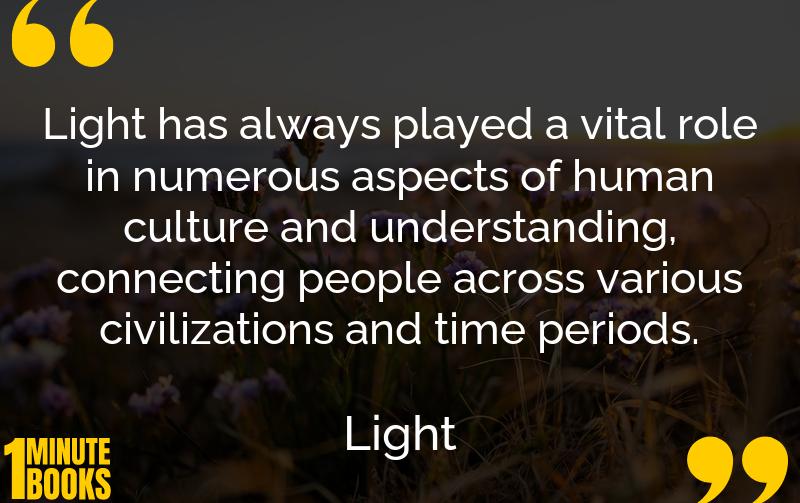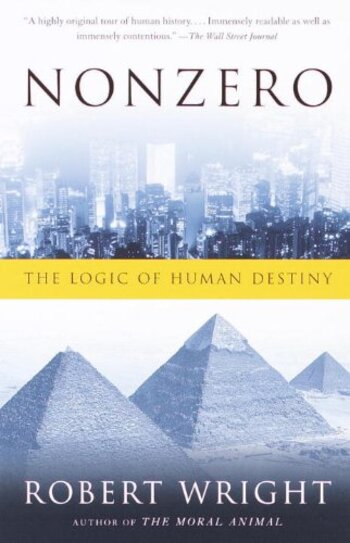
Bruce Watson’s ‘Light’ explores the historical and cultural significance of light, examining its role in religion, art, and science, from ancient myths to quantum theory.
Main Lessons
- Light has been pivotal in creation myths and religious texts, symbolizing divine presence.
- Ancient philosophers were intrigued by light’s mysteries, associating it with God and holiness.
- Islamic and Christian texts often mention light, highlighting its spiritual importance.
- Renaissance artists like da Vinci used light to convey realism and perspective in art.
- In science, Descartes and Kepler revealed basic principles of light, influencing subsequent discoveries.
- Newton’s prism experiments unveiled the spectrum of colors in light, fascinating artists and musicians.
- The wave theory of light, demonstrated by Young, advanced scientific understanding of brightness patterns.
- Maxwell’s discovery of light as electromagnetic energy transformed lighting technology significantly.
- Einstein’s quantum theory depicted light as both particles and waves, revolutionizing physics.
- Light’s behavior influenced Einstein’s theory of relativity, altering concepts of time and space.
- Light’s multifaceted nature spans cultural, artistic, and scientific domains, linking humanity over centuries.








